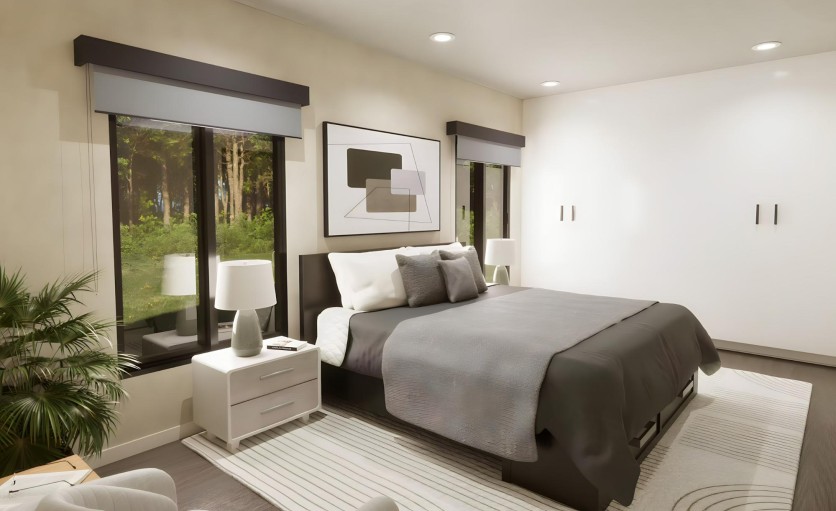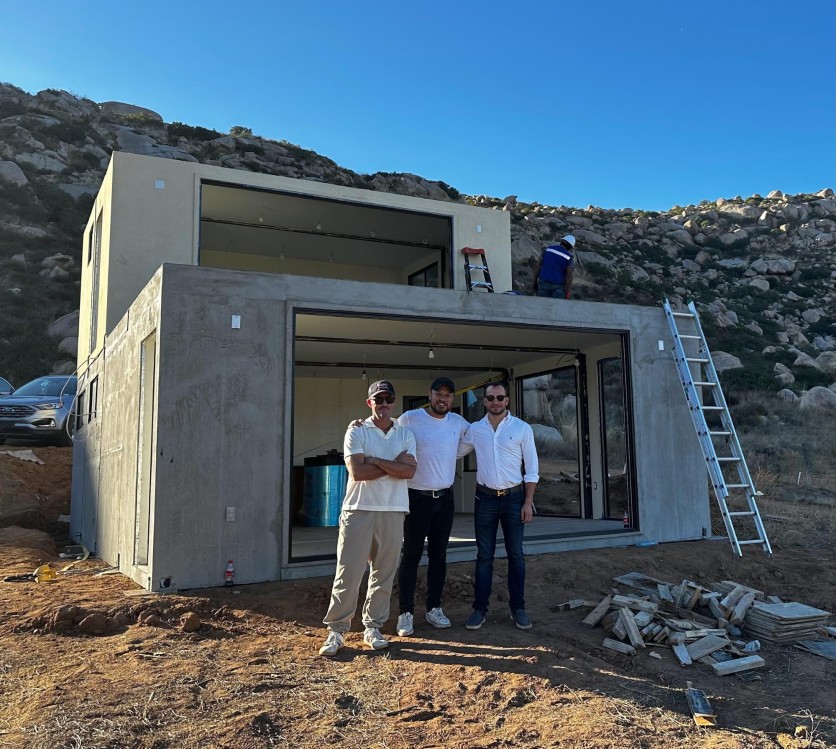
For the first time in modern history, an entire generation is at risk of never owning a home. Gen Z, raised in the aftermath of the Great Recession and coming of age in the most volatile housing market in decades, faces unprecedented challenges. With the median age of first-time homeownership now nearly 20 years higher than it was for their parents, the American Dream is increasingly out of reach.
But there is a new wave of innovation rising to meet this challenge. Companies like ARCbuild are rethinking how homes are built and delivered, creating a new path to affordability, access, and long-term sustainability for the next generation of homeowners.
A Generation Locked Out
Millennials delayed homeownership. Gen Z risks missing it entirely. Burdened with student debt, priced out by soaring construction costs, and shut out by housing shortages, many young adults are struggling to find a foothold in markets once filled with entry-level homes.
This isn't just an affordability issue. It's a supply issue. Traditional construction can't keep up with demand, particularly for workforce-priced, starter homes in high-growth regions. Without a scalable solution, the housing gap for Gen Z will only widen.

A Scalable Path Forward
ARCbuild's approach begins in the factory. By leveraging a vertically integrated platform and volumetric modular construction, the company can reduce construction timelines by 50 to 70 percent and deliver homes in 30 to 45 days after production begins.
More importantly, ARCbuild opens regional factories in just 180 days in areas where demand is proven and growing. This allows homes to be built closer to the communities that need them, reducing logistics costs and enabling quicker delivery to developers.
For Gen Z, this means more homes on the market, at prices that reflect a smarter, more efficient build process. These homes aren't just cheaper—they're resilient, ESG-compliant, and built to last.
Building for Long-Term Impact
ARCbuild isn't just creating homes. It's creating opportunities for developers to tap into a new generation of buyers. By standardizing designs, training local installation crews, and offering oversight on-site, ARCbuild enables developers to scale production without taking on new layers of complexity or risk.
The homes themselves are designed with resilience in mind: fire-defensible materials, energy-efficient envelopes, and layouts that support environmental adaptability. That makes them appealing not just to Gen Z but to the investors and policymakers eager to support accessible, sustainable housing solutions.
Why This Matters for the Market
Developers, landowners, and capital partners are all searching for what's next. Gen Z is the largest upcoming generation of renters and future buyers. Meeting their housing needs isn't just about equity. It's about economic stability.
By investing in solutions that bring down costs and shorten timelines, developers can unlock new returns by accessing the priced-out Gen Z market segment. For Gen Z, that translates into more attainable paths to home ownership.
The opportunity isn't in the promise of a home. It's in the ability to deliver it. ARCbuild's model turns the dream of ownership into a strategy that works for all stakeholders.

The Future Isn't Lost. It's Being Built.
Gen Z isn't giving up on the American Dream. They're redefining it. They want stability, sustainability, and a chance to build equity over time. But they need the right tools, the right models, and the right partners to get there.
ARCbuild is helping to close that gap—not with promises, but with homes that are already being delivered and communities that are already taking shape. With the right investment and development strategy, Gen Z's housing future is not just possible. It's well within reach.
ⓒ 2025 TECHTIMES.com All rights reserved. Do not reproduce without permission.




